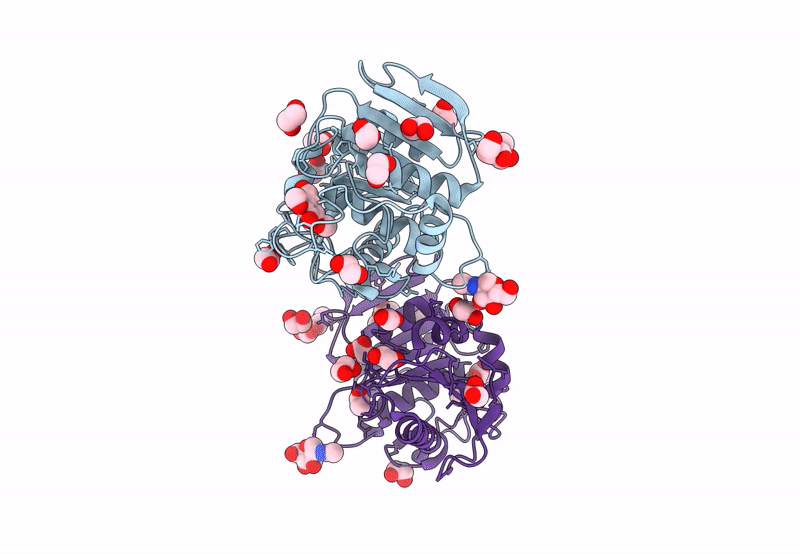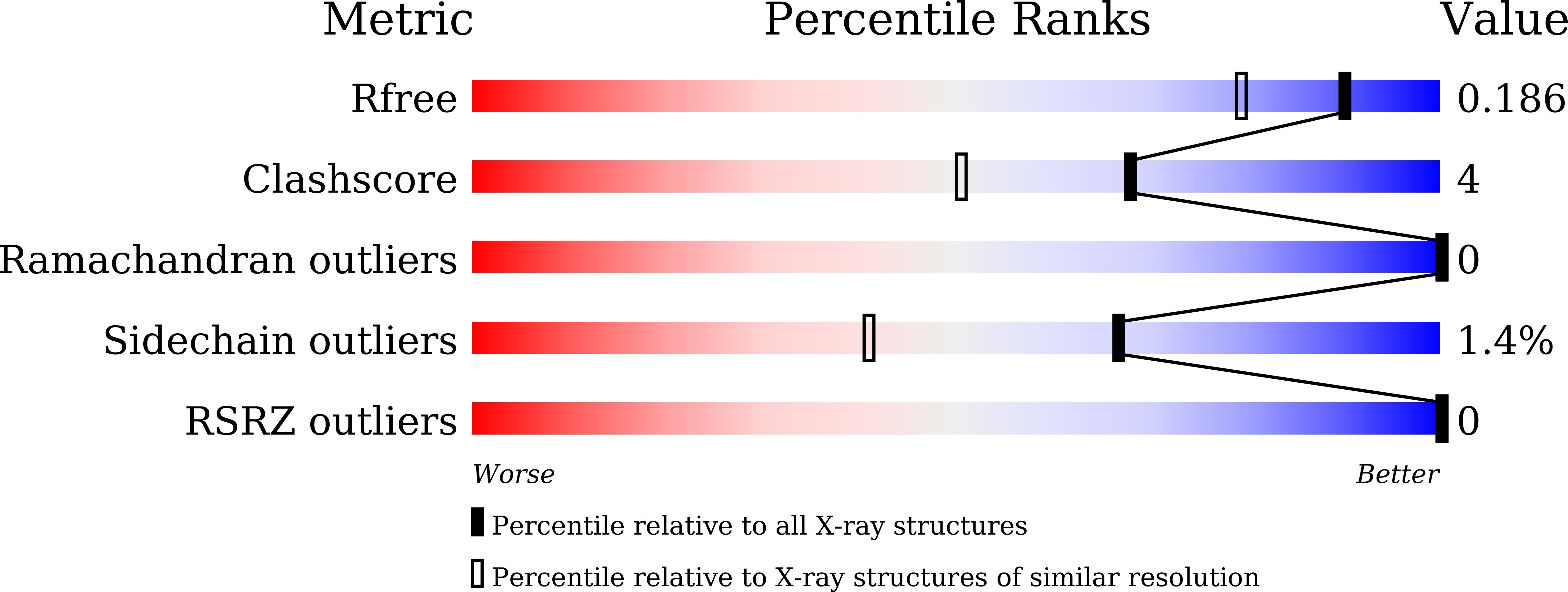
Deposition Date
2023-04-04
Release Date
2023-10-25
Last Version Date
2024-11-13
Entry Detail
PDB ID:
8IYC
Keywords:
Title:
Structure insight into substrate recognition and catalysis by feruloyl esterase from Aspergillus sydowii
Biological Source:
Source Organism:
Aspergillus sydowii (Taxon ID: 75750)
Host Organism:
Method Details:
Experimental Method:
Resolution:
1.55 Å
R-Value Free:
0.18
R-Value Work:
0.13
R-Value Observed:
0.13
Space Group:
P 1 21 1


